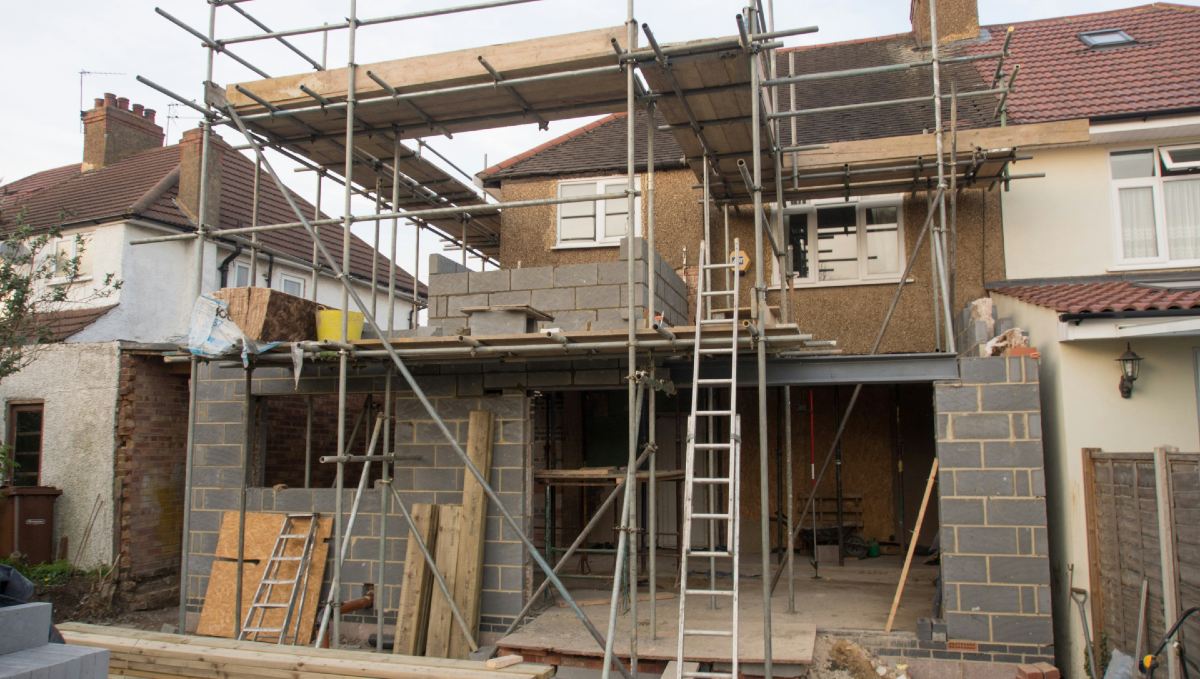Australia’s housing crisis will deepen over the next year as the new home pipeline continues to shrink, a new report has forecast.
The Urban Development Institute of Australia’s State of the Land report for 2024 expects 79,000 new homes will be completed in Australia’s capital cities in 2026, a drop of 26% compared to last year’s figure.
The report blames drawdown of available land, labour shortages, and high construction costs, the ongoing effects of what it terms the “housing stimulus hangover” from the COVID-era.
Housing Industry Association figures suggest we've hit the decade-low nadir already.
No end in sight for housing crisis
Despite hopes of an easing in housing affordability amid the promise of interest rate falls later this year, the slump in new builds is forecast to see record home values and rents escalate further.
The prediction comes as new SMQ data, released on Wednesday, found national average rent continues to hit record highs, coming in at $616 a week so far in March.
The UDIA report shows a total of 106,900 dwellings were completed nationally in 2023, a 9% fall year-on-year, with the number forecast to fall marginally in 2024.
But modelling predicts the dwelling supply pipeline will tighten significantly over the following two years:
| Year | Dwellings completed | Fall on previous year |
| 2023 | 106,900 | -9% |
| 2024 | 104,580 | -2% |
| 2025 | 95,000 | -9% |
| 2026 | 79,000 | -17% |
Source: UDIA; Research4; CoreLogic; Charter Keck Cramer
Declining home completions comes amid record immigration levels in Australia, heaping further pressure on the housing sector.
“New dwelling growth has consistently undershot population growth over the last 15 years, creating a serious shortage of housing supply across all capital cities,” the report said.
The Housing Australia Future Fund has the goal of 1.2 million homes built over the next five years, or 240,000 per year.
Unit market still slow
The biggest underperformer of the past year was once again Australia’s apartment and unit sector with output up in most capital cities, but with volumes 40% lower than those achieved in 2016 and 2017.
The widening time lag between apartment approvals and completions means there will be a far longer recovery period for the sector than for detached homes, the report predicted.
The stronger performance of the greenfield sector over the past few years has helped offset the persistent low apartment supply although both sectors are set to see dwindling supply over the next three years.
The report shows greenfield land sales plunged in every capital city between 2022-3 except in Perth where they shot up 55%.
Greenfield lot sales shrunk nationally for the second straight year to a total of 30,440, 40% lower than the annual average over the past decade.
This was due to developers releasing fewer lots to the market, dropping by more than half against the peak of 2021, the report found.
Call for more development-ready land
UDIA national president Col Dutton said the report provides insightful evidence the government needs to focus policy on boosting development-ready land supply.
“This is critical to any hopes of achieving the broadly held ambition to permanently ease housing affordability and thus improve the delivery of at-market, affordable and social housing,” Mr Dutton said.
The UDIA, an industry lobby group, said for the federal government to meet its target of 1.2 million new homes in Australia over the next five years, the private sector will have to deliver the lion’s share, around 97%.
It said as well as development-ready land, government needed to free up planning and environmental approvals, deliver skilled construction workers, and incentivise private housing.
Image by Brett Jordan on Unsplash

Ready, Set, Buy!
Learn everything you need to know about buying property – from choosing the right property and home loan, to the purchasing process, tips to save money and more!
With bonus Q&A sheet and Crossword!

